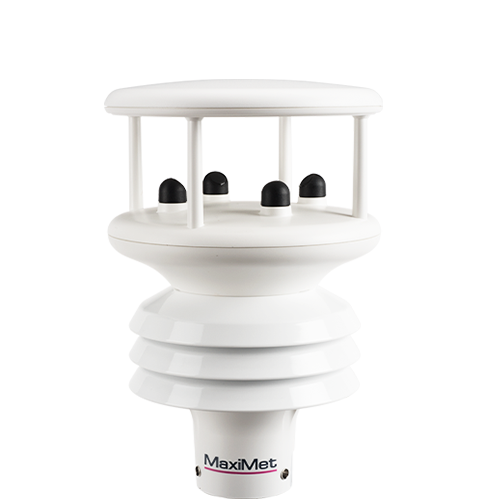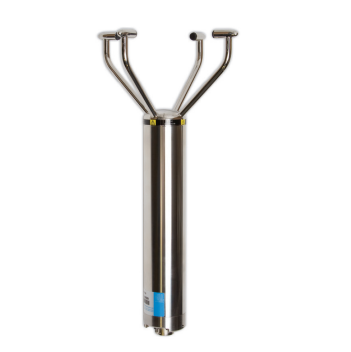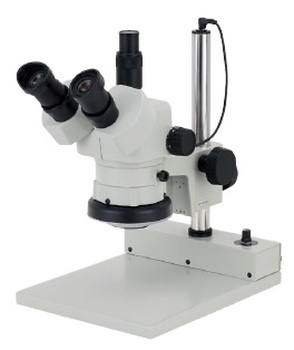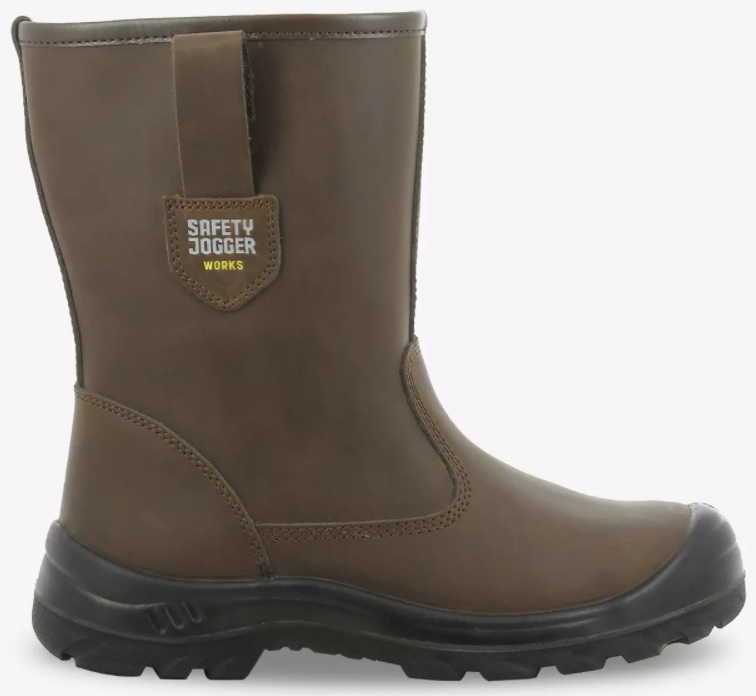Surface resistance meter esd meter ae-800
Add to Wishlist1 in stock
Contact for a quote.
Request for Quotationช่องทางการสั่งซื้ออื่น ๆ
 ติดต่อทาง Line
@santatech
ติดต่อทาง Line
@santatech
 ติดต่อทางอีเมล์
santatech@gmail.com
ติดต่อทางอีเมล์
santatech@gmail.com
 ติดต่อทางโทรศัพท์
02-1013454
ติดต่อทางโทรศัพท์
02-1013454
Description
Surface resistance meter esd meter ae-800
AE-800 Megohmmeter.
The AE-800 Megohmmeter kit measures surface resistivity, resistance, temperature and humidity. It is
designed to test conductive, anti-static, and static dissipative surfaces for electrical resistivity/resistance
according to EOS/ESD, CECC, ANSI, ASTM and UL test procedures.
The internal parallel electrodes comply with DIN EN 100 015/1 & ANSI/ESDA-S11.11. The five pound
electrodes can be externally connected for tests according to IEC 61340-4-1, ANSI/ESDA S4.1 &
ANSI/ESDA S7.1.
AE-800 Megohmmeter Includes:
Tester
Two 5lb probes
One ground cord
Two accordion cables (monaural to banana)
110 power adapter*
9 volt battery
Foam lined carrying case
Certificate of calibration
*AE-800 Celsius models come equipped with 220v power adapter unless specified
AE-800 Optional Accessories
Concentric Ring Probe
Miniature Ring Probes
Garment Clips for smocks
Limits
Resistivity: 103-1012 ohms/sq
Resistance: 103-1012 ohms
Relative Humidity: 10% - 90% RH
Temperature: 32℉to 100℉or 0℃– 37.7℃if Celsius model was purchased
Measuring voltage: 10v and 100v
INTRODUCTION
The AE-800 Megohmmeter is a dependable and easy to use audit kit for conductive and dissipative
surfaces. This meter is designed to be used in all facets of material production including engineering,
maintenance, quality control, incoming inspection, manufacturing, research, or sales departments for
testing of anti-static mats, floor finishes, paints, wrist straps, smocks, foot wear, bags and containers.
When using the built-in electrodes, the meter’s test values for surface resistivity are in ohms per square.
When using the external five pound electrodes, the meter’s test values for resistance are in ohms
(although they are displayed in ohms/sq).
DECADE SCALE
103 = 1 kilohm
104 = 10 kilohms
105 = 100 kilohms
106 = 1 meg ohm
107 = 10 meg ohms
108 = 100 meg ohms
109 = 1000 meg ohms
1010 = 10,000 meg ohms
1011 = 100,000 meg ohms
1012 = 1,000,000 meg ohms
The test value is indicated on the LCD display. Unlike meters with LEDS that indicate only the decade
the measured value falls within, the AE-800 will show the actual value.
27 ohms (2.7x107) is displayed as 2.7 e07 ohms/sq
TEST VOLTAGE
The test voltage ranges are 10v and 100v. According to ESDA standards S4.1, S7.1, and S11.11 one
should choose 10v for conductive surfaces less than 106 and 100v for materials 106 or greater. If the
meter cannot apply the correct voltage automatically, it will advise you to change to the proper setting
manually. Use the switch in front of the meter to change voltage setting.
As defined by the ESD Association, values indicate the following:
Voltage Range Definition
10 volt < 106 ohms per square Conductive
100 volt 106-1011 ohms per square Dissipative
100 volt 1012> ohms per square Insulative
A NOTE ABOUT VOLTAGE
In previous years, people desiring to measure resistivity or resistance followed the ASTM D264, ASTM
991, NFPA 56A or NFPA99 test standards. These procedures required people to test at either 500 or
1000 volts. This caused concern regarding safety to the person doing the tests. The ESDA standardized
the test procedures so that lower volts could be used at specific ranges.
The AE-800 meter uses a 9 volt battery. Some meters with 9 volts batteries do not give the accuracy that
you need to perform the tests especially at values higher than 107. The AE-800 is built with a transformer
that converts the 9 volt charge from the battery to 10 volts or 100 volts (whichever value is selected). The
meter applies a constant charge over the complete voltage range. Accuracy is depends on applied
voltage, temperature, and humidity.
TEMPERATURE AND HUMIDITY
The humidity and temperature affect the electrical properties of the material being tested. The
combination of low humidity and low temperature will give the highest electrical resistance results or
slowest dissipation times. At high humidity a thin layer of water is condensed or absorbed on or in the
material being tested. This is true of hydroscopic additives that are added to a material to increase the
electrical conductivity. These additives will allow moisture to be absorbable in the materials they are
added to.
At elevated temperatures the mobility of free electrons is increased thereby increasing the materials
conductivity. This is especially true for carbon black, metallic oxides, metals, and other materials added
to a material. When the material is at a lower temperature, built in stresses occur which might increase
the resistance due to increased distance between the conductive additives. Thus, humidity and
temperature must be known.
RECORDING DATA
ANSI/ESD Association and European CECC recognize the environmental effects to test measurements
and specify in their standards that they measured and recorded. It is possible to test or manufacture a
material at high humidity and pass all the test specifications, but when the customer receives the material
and uses it at a lower humidity or temperature the material fails to pass the specifications. This can
cause rejects and loss of product.
Both ESD S4.1 ESD Protective Worksurface section 6.2.4 and ESD S7.1-1994 Resistive
Characterization of Materials Floor Materials sections 5.2.4 and 5.3.3 require reporting of temperature
and humidity at the time of testing. ANSI/EOS/ESD-S11.11-1993 Surface resistance measurement of
Static Dissipative Planar Materials section 11.0 B states, “report the conditioning period, relative humidity.












